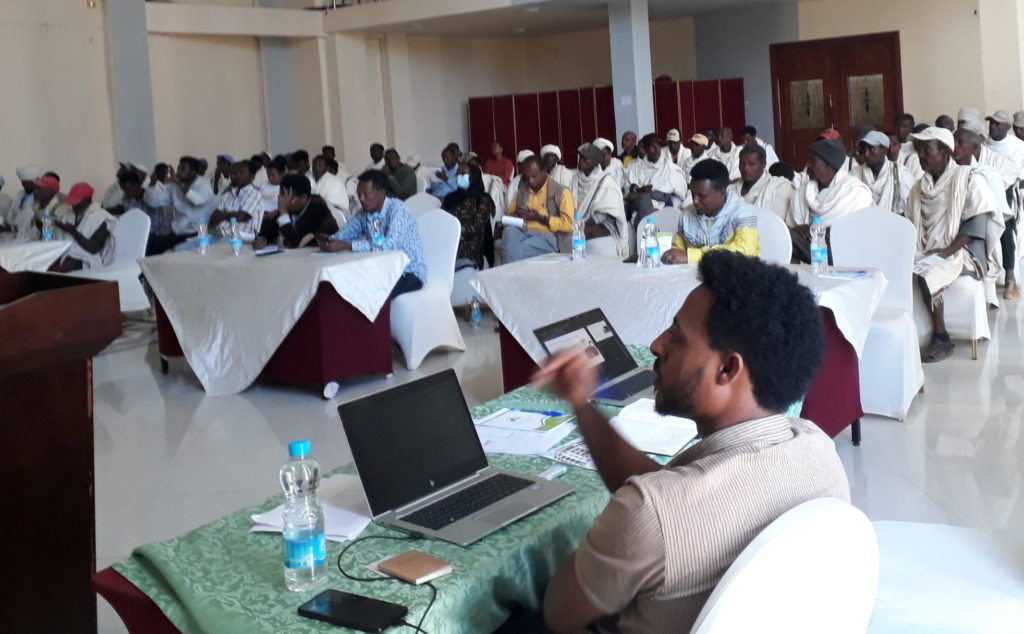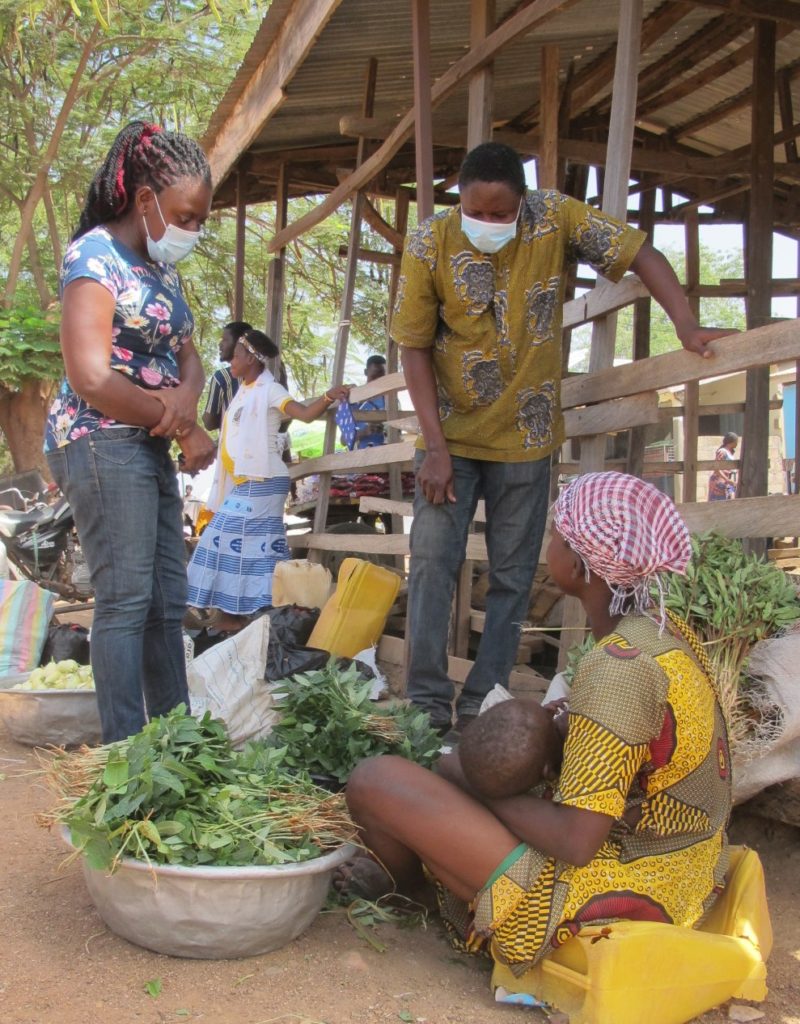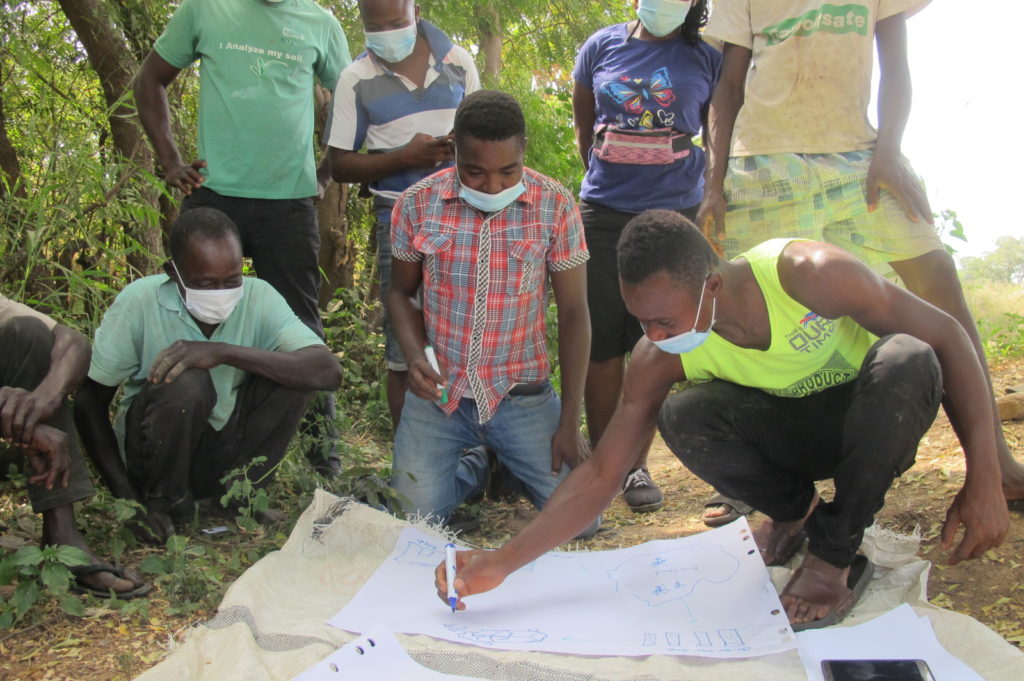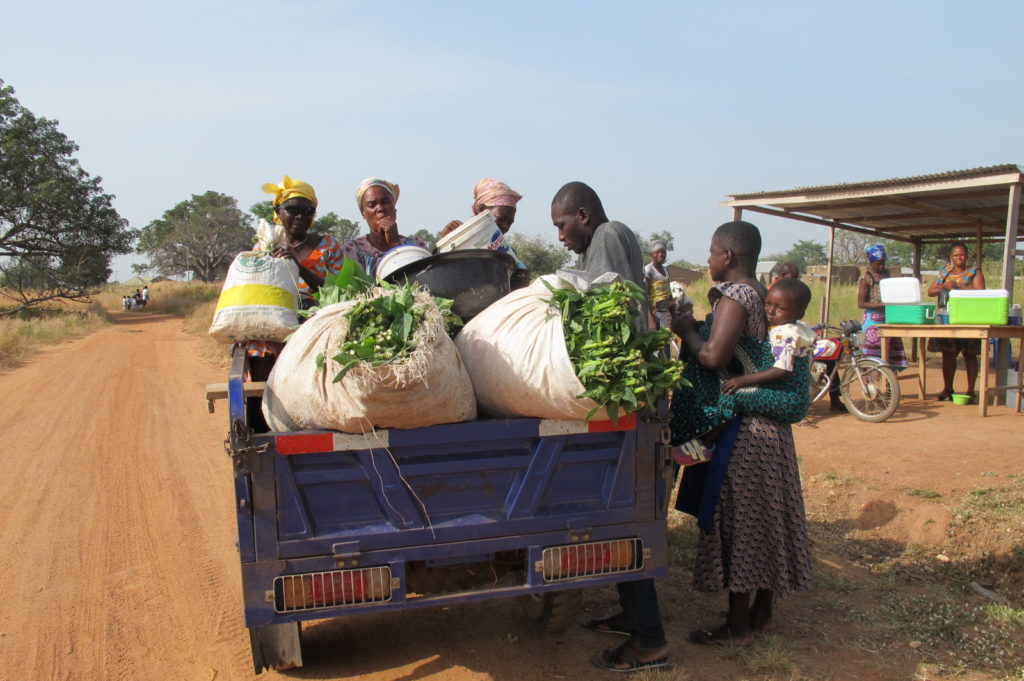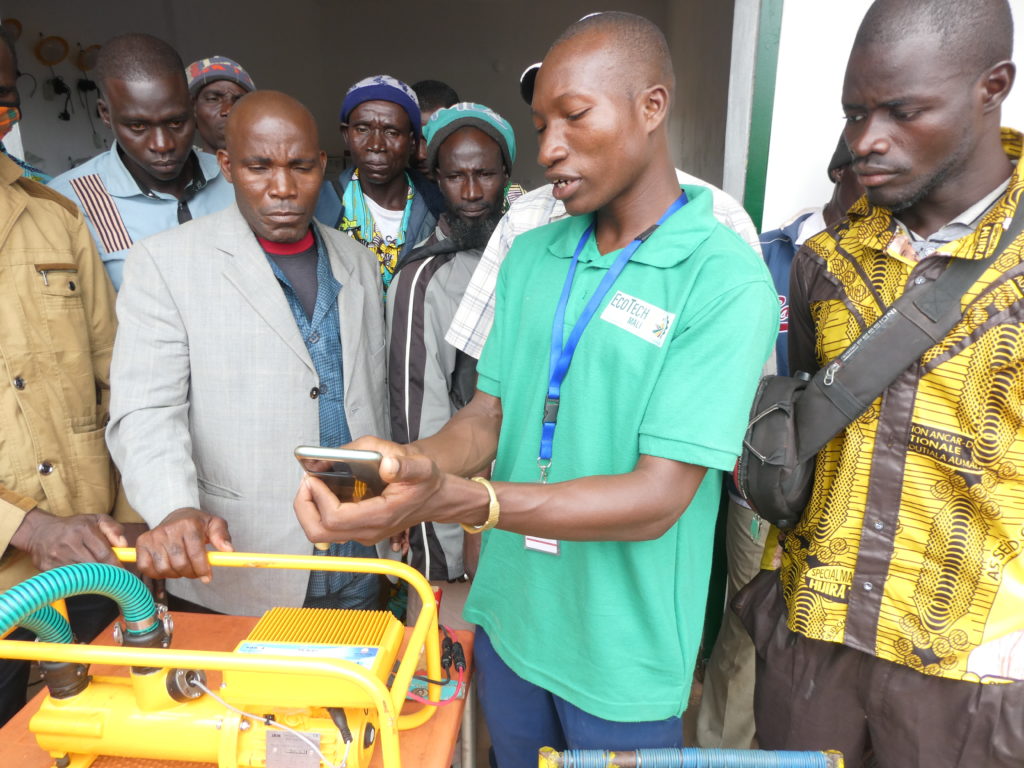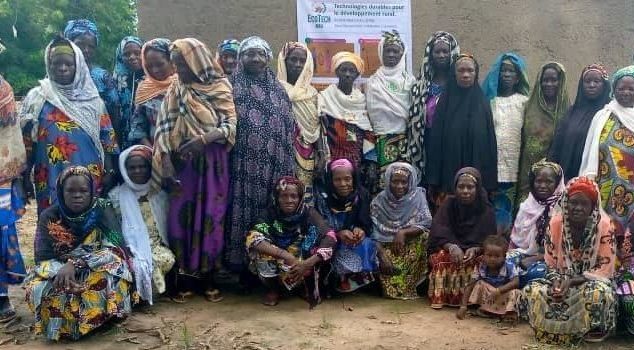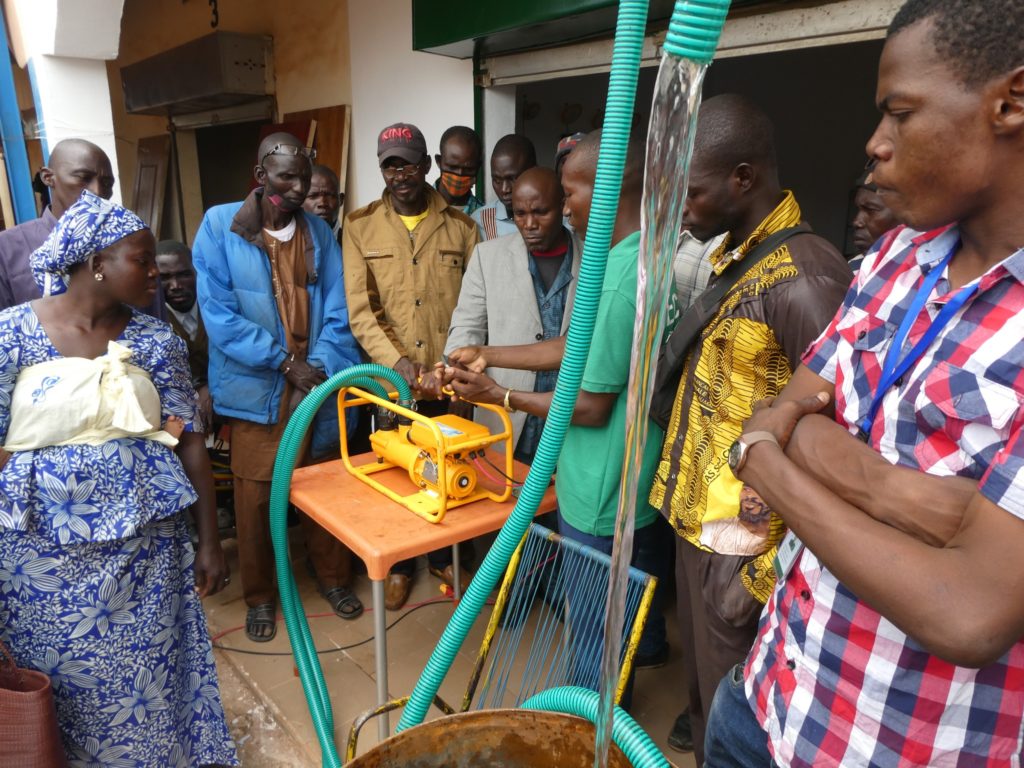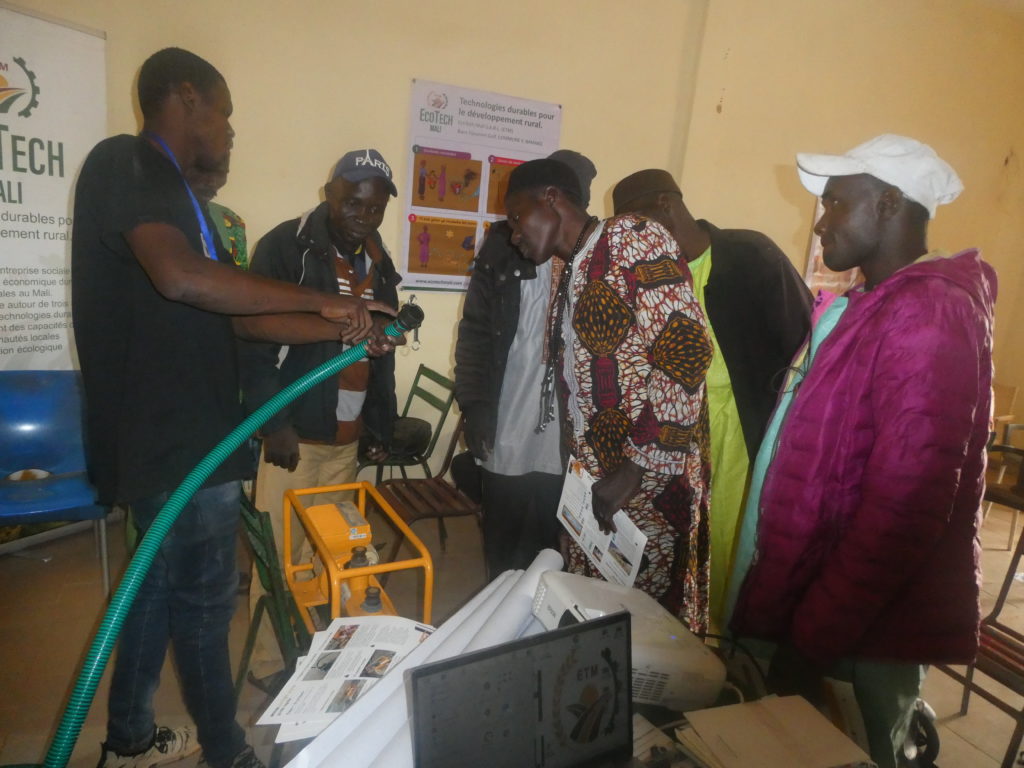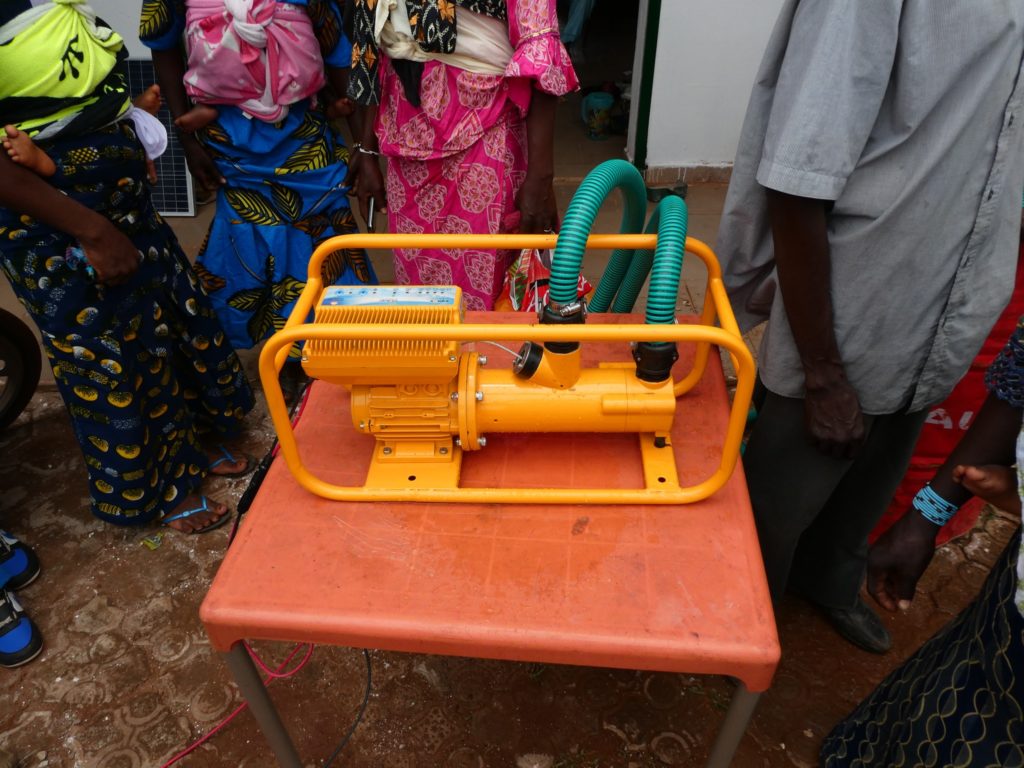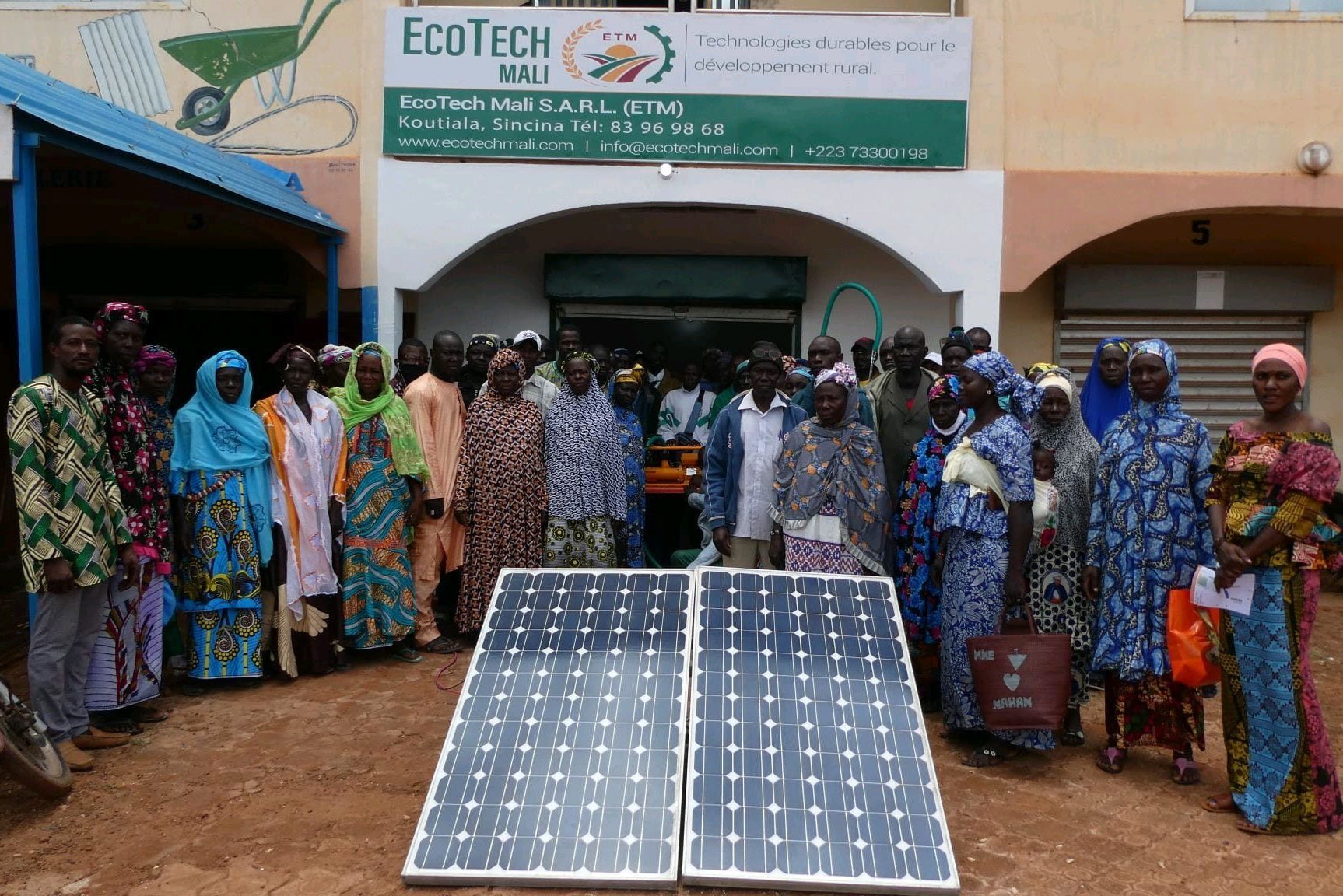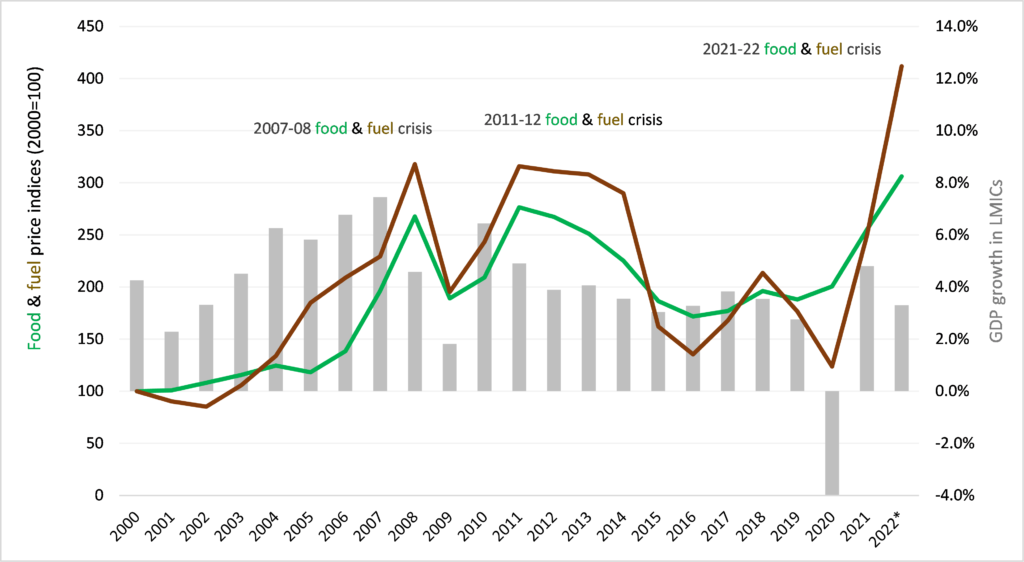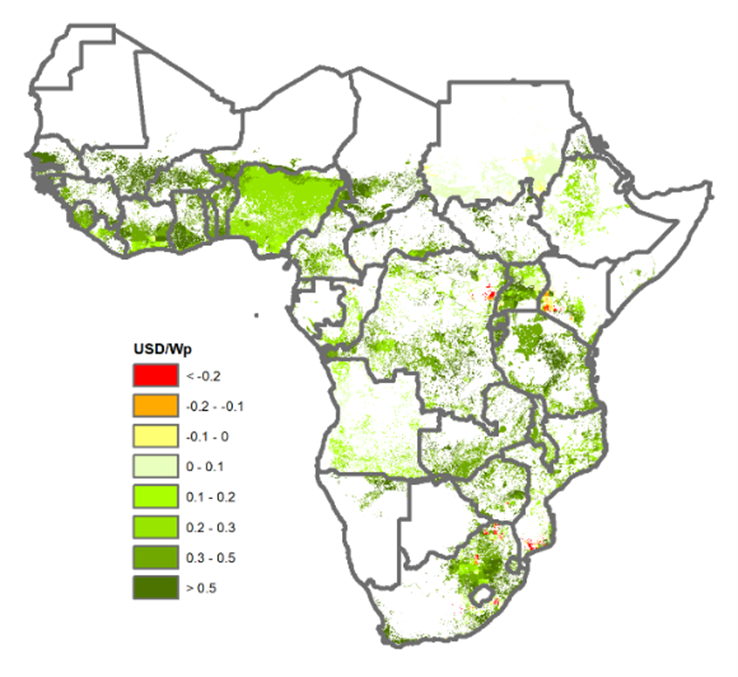With the support of the USAID-sponsored the Feed the Future Innovation Lab for Small Scale Irrigation (ILSSI) and Africa Research in Sustainable Intensification for the Next Generation (AfricaRISING), the International Water Management Institute (IWMI) organized a series of workshops, engaging stakeholders to facilitate the scaling of solar-based irrigation in different parts of Ethiopia.
Undertaken in partnership with Rensys Engineering Plc. and in collaboration with local government, the first workshops were organized in September 2022. Contributions from 155 participants helped to establish a better understanding of farmer market segments for solar innovation bundles at Wereta (near Bahir Dar) and Ziway. The workshops engaged farmers and others in the field to discuss land and water access, financial potential for investment, and farmer technology preferences.
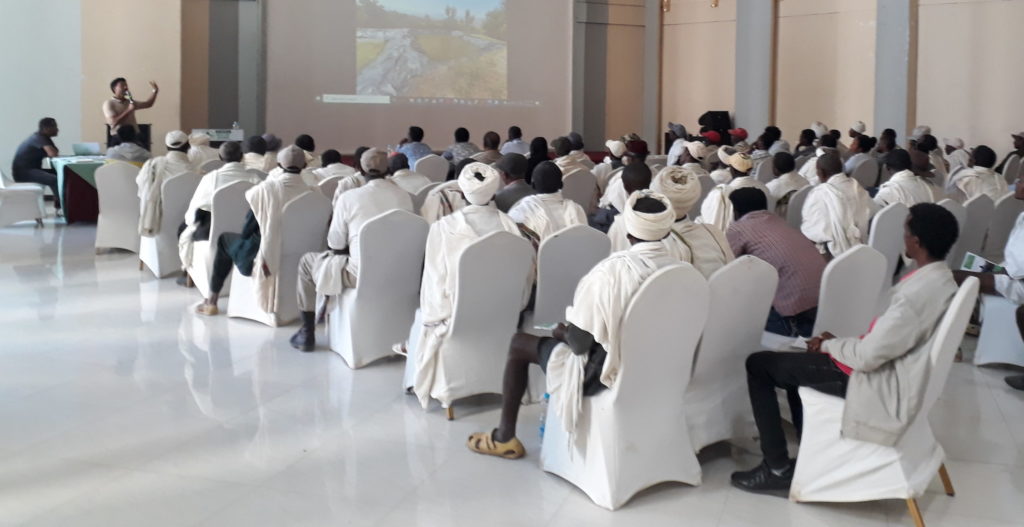
In December 2022, IWMI and partners followed up with a workshop on ‘Linking demand and supply for irrigation technologies and services’ in Bahir Dar, Amhara region to develop demand-supply linkages for solar power-based for irrigation. Farmers, NGOs and government officials suggested ways to strengthen market linkages, especially to bridge the severe information and capacity gaps. Farmers expressed concerns about reliability and accessibility of services, recommending that suppliers work with existing local groups trained in irrigation and expand their services to solar technologies. As a starting point for information exchange, an ICT-based message platform was created with Rensys sales agents, extension agents, interested NGO staff, farmers, and young entrepreneurs.
Arranging ways for farmers to see how different solar pump models operate and perform in the field remains the most effective way to connect with potential clients. Rensys Engineering demonstrated the Lorentz Ps2-100 solar pump for 96 participants from NGOs, government offices of agriculture, energy and irrigation, farmer organizations, and private irrigation value chain actors. Over thirty farmers requested a follow up for purchasing a pump from Rensys, while MEDA (Mennonite Development Association) ordered Rainmaker Kubaw solar pumps for one of its projects.
